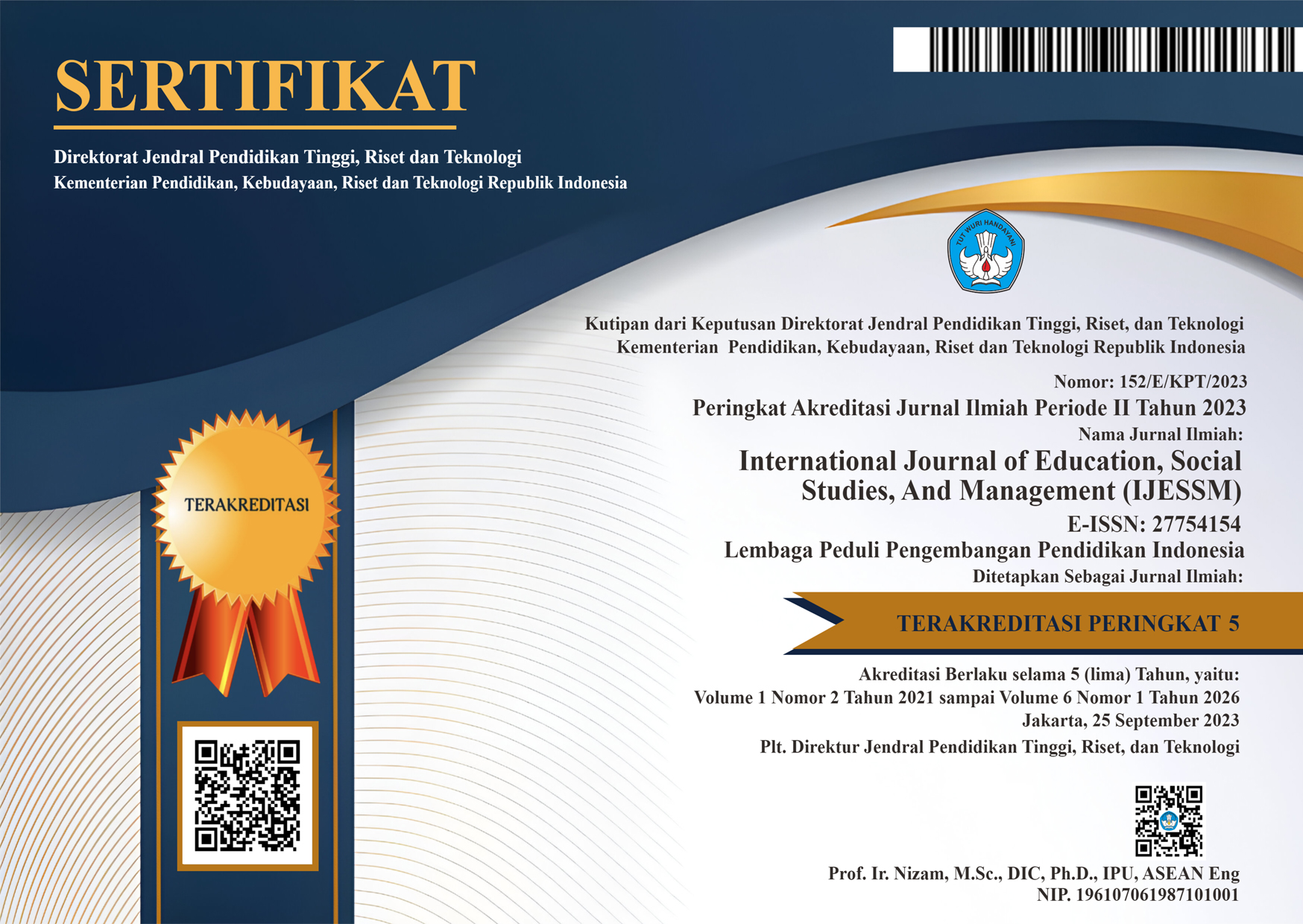Can Education Level and Work Environment Affect Employee Performance ?
DOI:
https://doi.org/10.52121/ijessm.v4i2.376Keywords:
Human Resource Management, Employee Performance, Education Level, Work EnvironmentAbstract
Organizations require human resource management, or HRMs, which serves the purpose of increasing productivity through employee optimization at every level. Since employees are the main component of production, the performance of the organization is greatly influenced by them. The performance of employees serves as a measure of an organization's success in public service, particularly in government institutions. This study emphasizes the significance of the work environment and educational level in influencing the performance of employees at the Mallawa Sub-District Office in Maros Regency. The results indicate that a favorable work environment has been proven to enhance employee performance. Furthermore, employees with higher levels of education tend to perform their tasks more effectively. The positive relationship between these variables indicates that improving the work environment and investing in education are important steps towards enhancing the quality and performance of the workforce. Previous studies have indicated that education and work environment are crucial factors for employee performance. Therefore, supporting further education and providing a conducive work environment are crucial for the success of the company.
Downloads
Published
How to Cite
Issue
Section
License
Copyright (c) 2024 International Journal Of Education, Social Studies, And Management (IJESSM)

This work is licensed under a Creative Commons Attribution 4.0 International License.

















